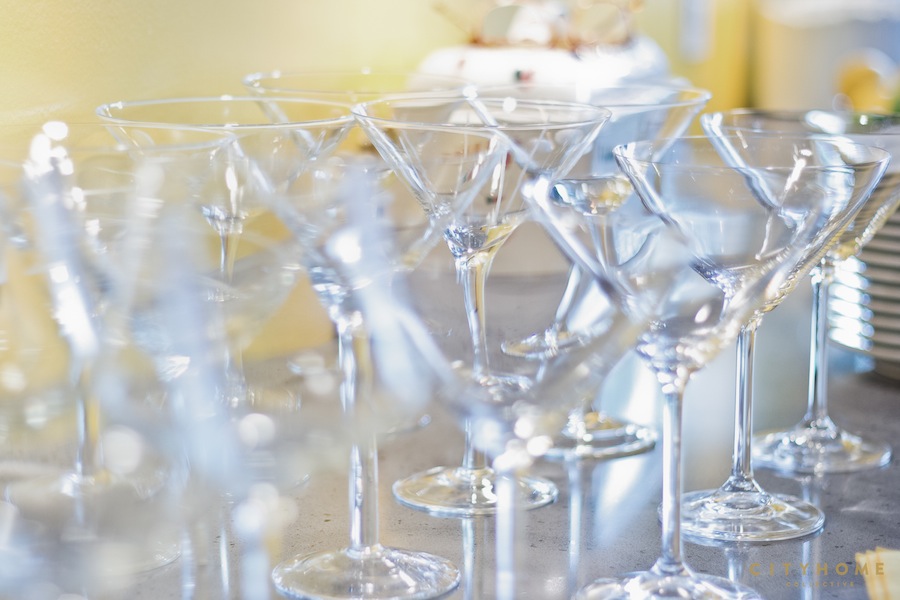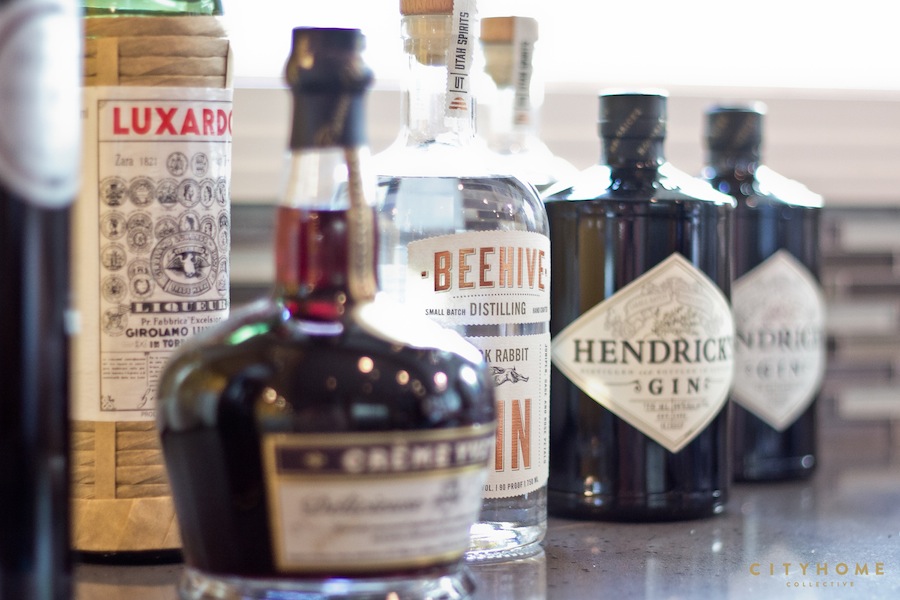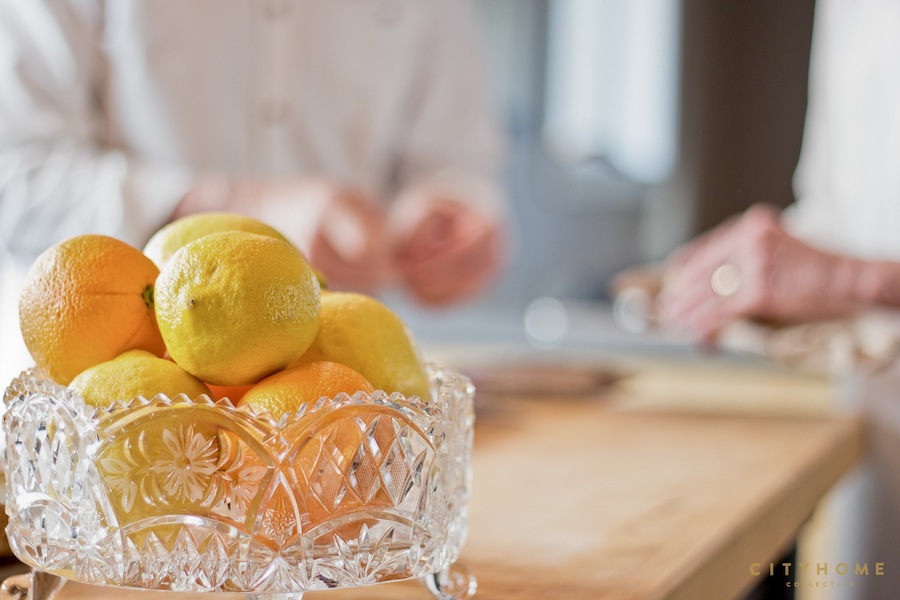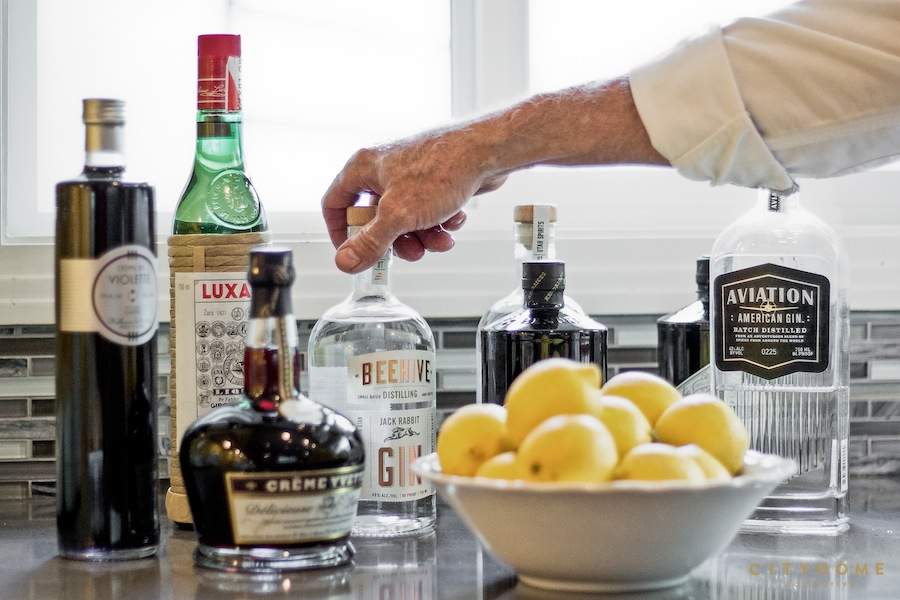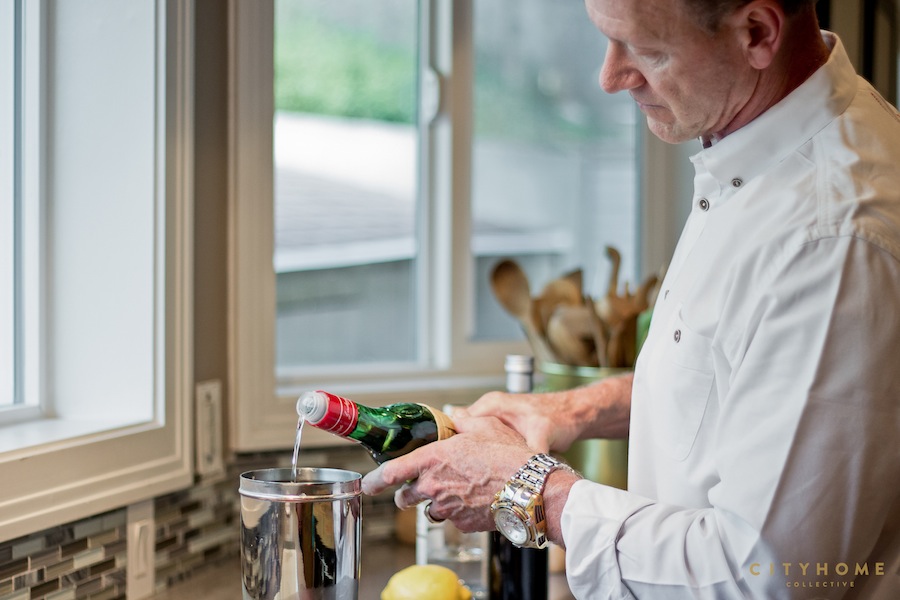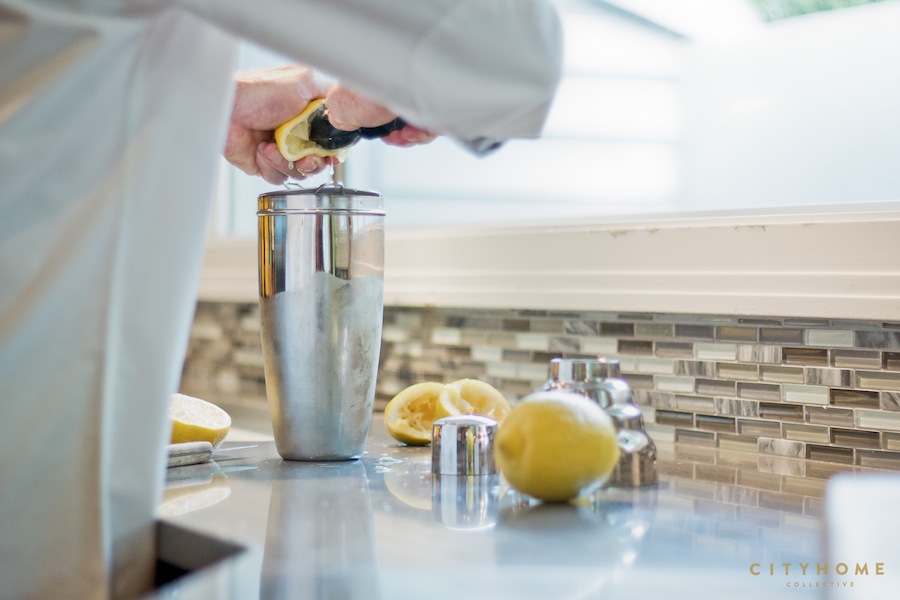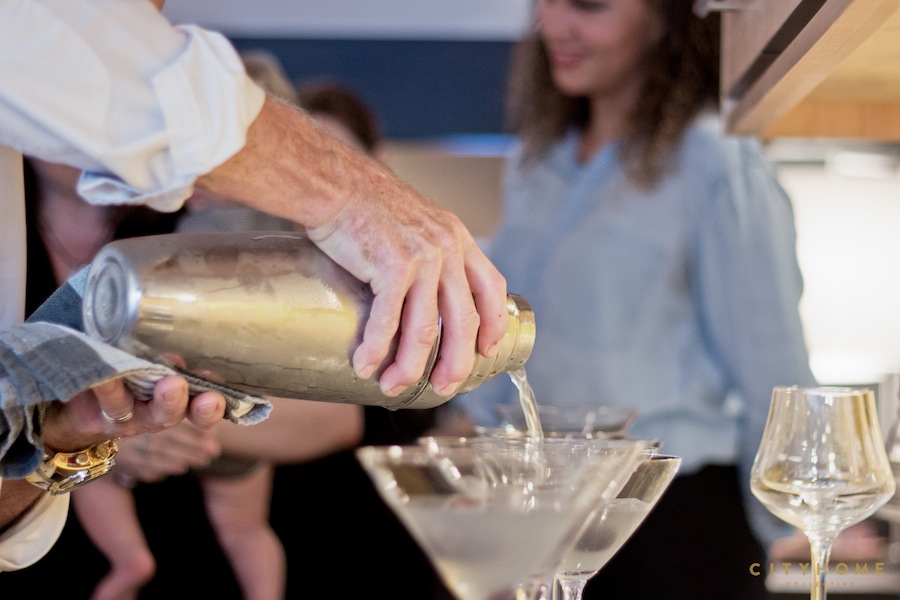There are few things more annoying, hell, let’s face it, more soul-sucking than modern commercial air travel. The shuffling be-sweatpants’d hordes clutching ratty pillows. The forced disrobing under TSA’s watchful eyes. And--when sitting in anything rear of the first-class blue curtains--the fetid haze of our fellow passengers, all of us crammed elbow-to-elbow sharing the same funkadelic (and not in the twirly disco-ball good way) air as we hurtle through space. And don’t even get us started on the teeny tiny excuse for beverage service in plastic cups for the folks stuck in the back of the plane. Makes us want a real cocktail, served in a real glass. Preferably several.
It makes us pretty damn nostalgic for the glitz and glam of air travel back in the day. Putting aside the economics, which would probably have prohibited most of us from taking to the friendly skies on the regular, we’d COLLECTIVELY love a return to the fashion of flight, if not the financial logistics. Imagine a 1940s travel poster; you get the picture. Snazzy suits, dapper trenchcoats, hatboxes bearing customs stickers of faraway lands. Airlines basically took the design ideals of swanky first-class train cars and transposed them with a modernist vibe into airplane fuselages. Think fully-reclining beds, seats with plenty of leg room, and actual tables for parties of four or more to dine, drink, or play cards whilst traveling; all better to enjoy that second-hand smoke filling the cabin.
It was during this era of flight meets fashion that the post-Prohibition phoenix-like reemergence of the elegant Dry Martini took hold, with “air hostesses” and “stewardesses” trained in the art of shaking and stirring them by request. But a perennial favorite of mid-century jetsetters—and those wanting to emulate their worldly mien—was the Aviation cocktail, a drink that falls in beverage etymology somewhere between a Martini and a Gin Sour. Although it was undoubtedly shaken up well before then, 1916 saw the first published Aviation cocktail recipe via New York City dranks slinger, Hugo Ensslin. This’d be during America’s fledgling flirtation with all things flyboy-related. Refresher in U.S. History here, y’all: Wright Brothers, 1903, Kitty Hawk, steampunk goggles.
Ring a bell?
Ensslin’s Aviation called for dry gin, maraschino liqueur, a hit of lemon juice (in place of a Martini’s vermouth), and a dash of empurpled crème de violette, which gave the drink a hazy lavender hue mimicking a dusky evening sky. During and after Prohibition, crème de violette was a complete pain in the ass to find in the U.S., so most Aviation recipes left it out with equally delicious, if less amethyst, results. We’ll take it either way with pleasure, hoping that the memory of this bygone era will temporarily tune out the indignity of having our seat kicked again. And again. Oh, forfucksake there goes the tray table. And again.
Take a deep breath, and remember you can mix your own when you get home...
THE GIN: There’s already a bit of sweet and sour going into this drink, so err on the bracing and cool side of things with a traditional London Dry-style gin, and it doesn’t get much more classic than Plymouth. Wanna keep the sourcing on this side of the Atlantic? Try House Spirits’ Portland-distilled “Aviation” Gin, or local fave Beehive Distilling Jack Rabbit Gin if you like to kick up more floral tones.
THE CHEER: Luxardo sets the standard for maraschino liqueur: this is an actual, clear, bitter-cherry flavored liqueur found in a tall straw-plaited bottle, people, not the toxic red stuff those Technicolor cherries float in. Ahem, Luxardo also bottles real maraschino cherries stellar for Aviation (and other cocktail) garnishes; you’ll find ‘em at Caputo’s.
THE HUE: If you’re going to round up some Crème de Violette for that distinctive purple haze and floral nose, try to get yer paws on some Rothman & Winter from Austria. Crème Yvette is also a violet-infused liqueur with additional spices found at a scattered few state booze stores in Utah; it’ll do juuuust fine.
THE CITRUS: Use fresh-squeezed lemon juice from actual lemons, not the stuff in the plastic bottle. Obviously. And strain that shit to keep the seeds out, for crying out loud.
Now, put on some Glenn Miller and let’s get shaking, shall we…
The Original Aviation (from barman Hugo Ensslin's “Recipes for Mixed Drinks,” 1916): To a cocktail shaker with ice add: 1½ oz. gin, ¾ oz. lemon juice, 2 dashes maraschino liqueur, and 2 dashes crème de violette. Shake until the tin is frosty, strain into a cocktail glass (or champagne coupe).
The Savoy Aviation (from Harry Craddock’s “The Savoy Cocktail Book,” 1930): To a cocktail shaker with ice add: 1 oz. lemon juice, 2 oz. dry gin, and 2 (or more, to taste) dashes Maraschino. Shake well, strain into a coupe glass. Craddock doesn’t specify a garnish, but post-WWII many Aviation cocktails were served in a martini glass with a maraschino cherry.
Aviation (a kick-ass version from New York’s Death & Co. “Modern Classic Cocktails”): To a cocktail shaker with ice add: 2 oz. Plymouth gin, ½ oz. Luxardo Maraschino liqueur, ½ teaspoon Crème Yvette, ¾ oz. lemon juice, ¼ oz. simple syrup. Shake until the tin is frosty, strain into a chilled coupe glass. Garnish with a brandied cherry.

